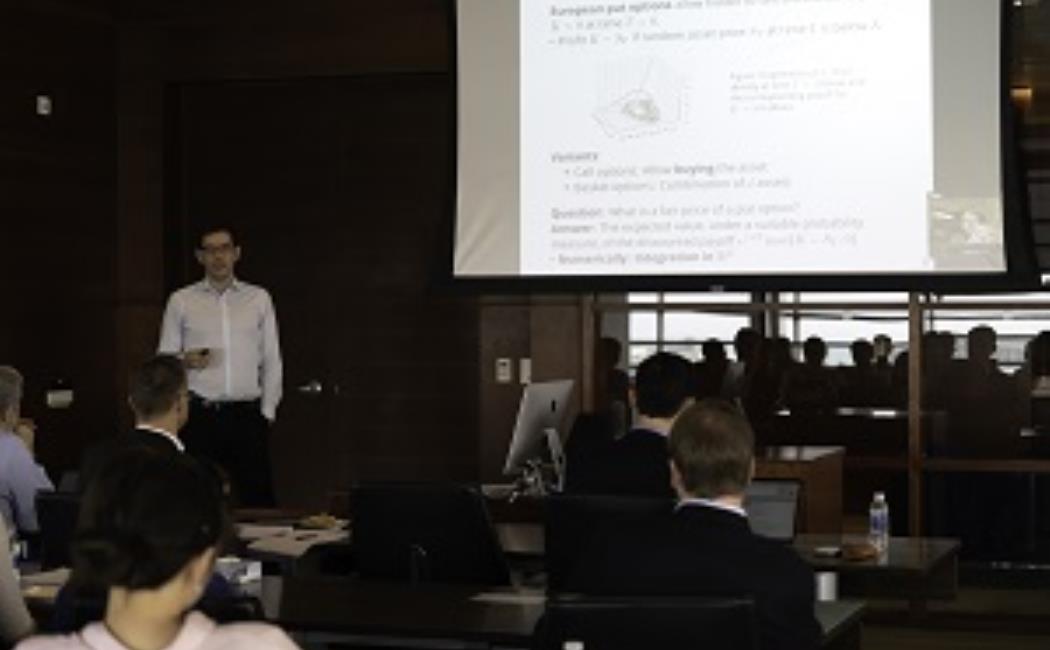
PhD Thesis - Sören Wolfers
Category:
PhD Thesis
Title:
Efficient Numerical Methods for High-Dimensional Approximation Problems
Abstract:
In the field of uncertainty quantification, the effects of parameter uncertainties on scientific simulations may be studied by integrating or approximating a quantity of interest as a function over the parameter space. If this is done numerically, using regular grids with a fixed resolution, the required computational work increases exponentially with respect to the number of uncertain parameters -- a phenomenon known as the curse of dimensionality. We study two methods that can help break this curse: discrete least squares polynomial approximation and kernel-based approximation. For the former, we adaptively determine sparse polynomial bases and use evaluations in random, quasi-optimally distributed evaluation nodes; for the latter, we use evaluations in sparse grids, as introduced by Smolyak. To mitigate the additional cost of solving differential equations at each evaluation node, we extend multilevel methods to the approximation of response surfaces. For this purpose, we provide a general analysis that exhibits multilevel algorithms as special cases of an abstract version of Smolyak's algorithm. In financial mathematics, high-dimensional approximation problems occur in the pricing of derivatives with multiple underlying assets. The value function of American options can theoretically be determined backwards in time using the dynamic programming principle. Numerical implementations, however, face the curse of dimensionality because each asset corresponds to a dimension in the domain of the value function. Lack of regularity of the value function at the optimal exercise boundary further increases the computational complexity. As an alternative, we propose a novel method that determines an optimal exercise strategy as the solution of a stochastic optimization problem and subsequently computes the option value by simple Monte Carlo simulation. For this purpose, we represent the American option price as the supremum of the expected payoff over a set of randomized exercise strategies. Unlike the corresponding classical representation over subsets of Euclidean space, this relaxation gives rise to a well-behaved objective function that can be globally optimized using standard optimization routines.